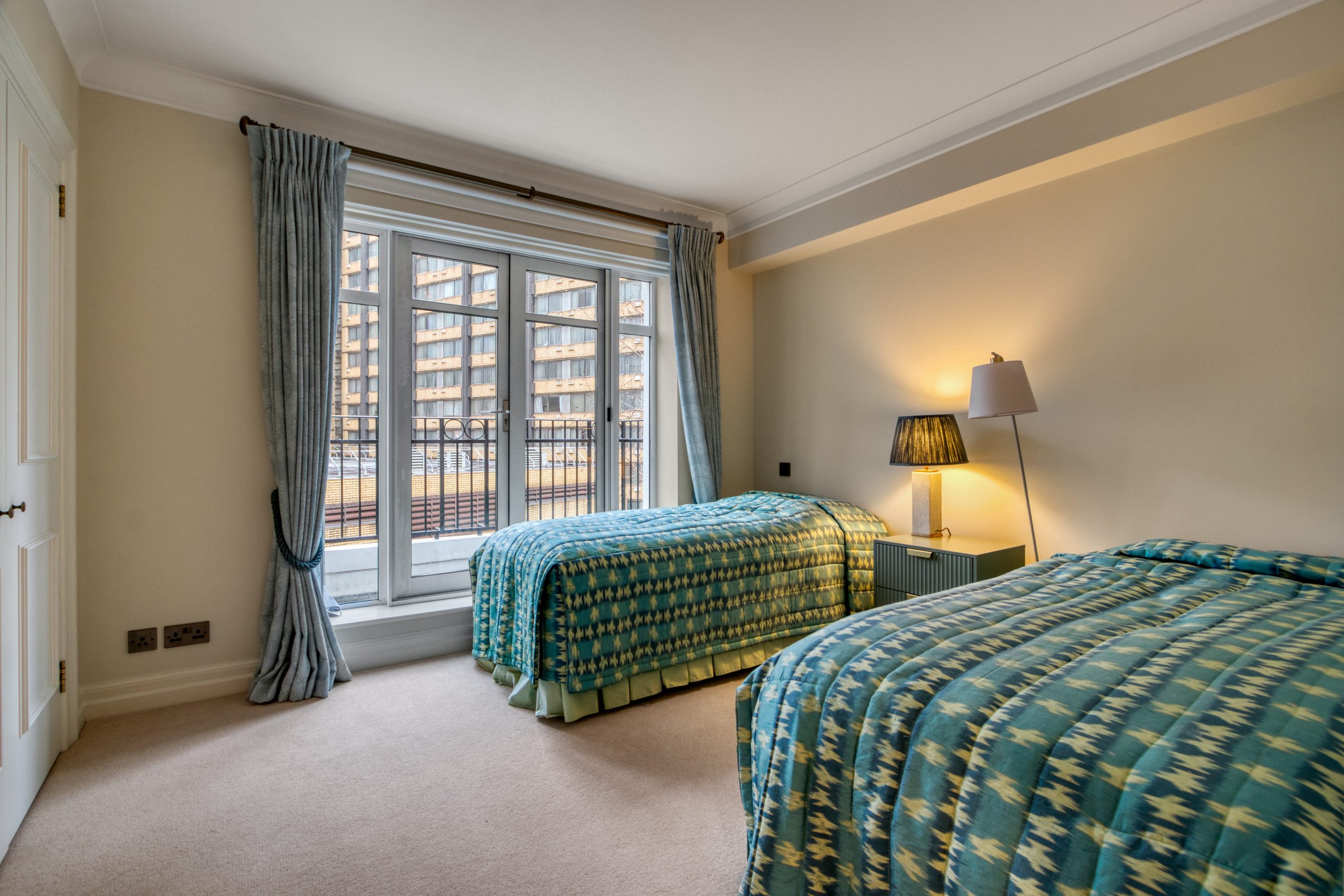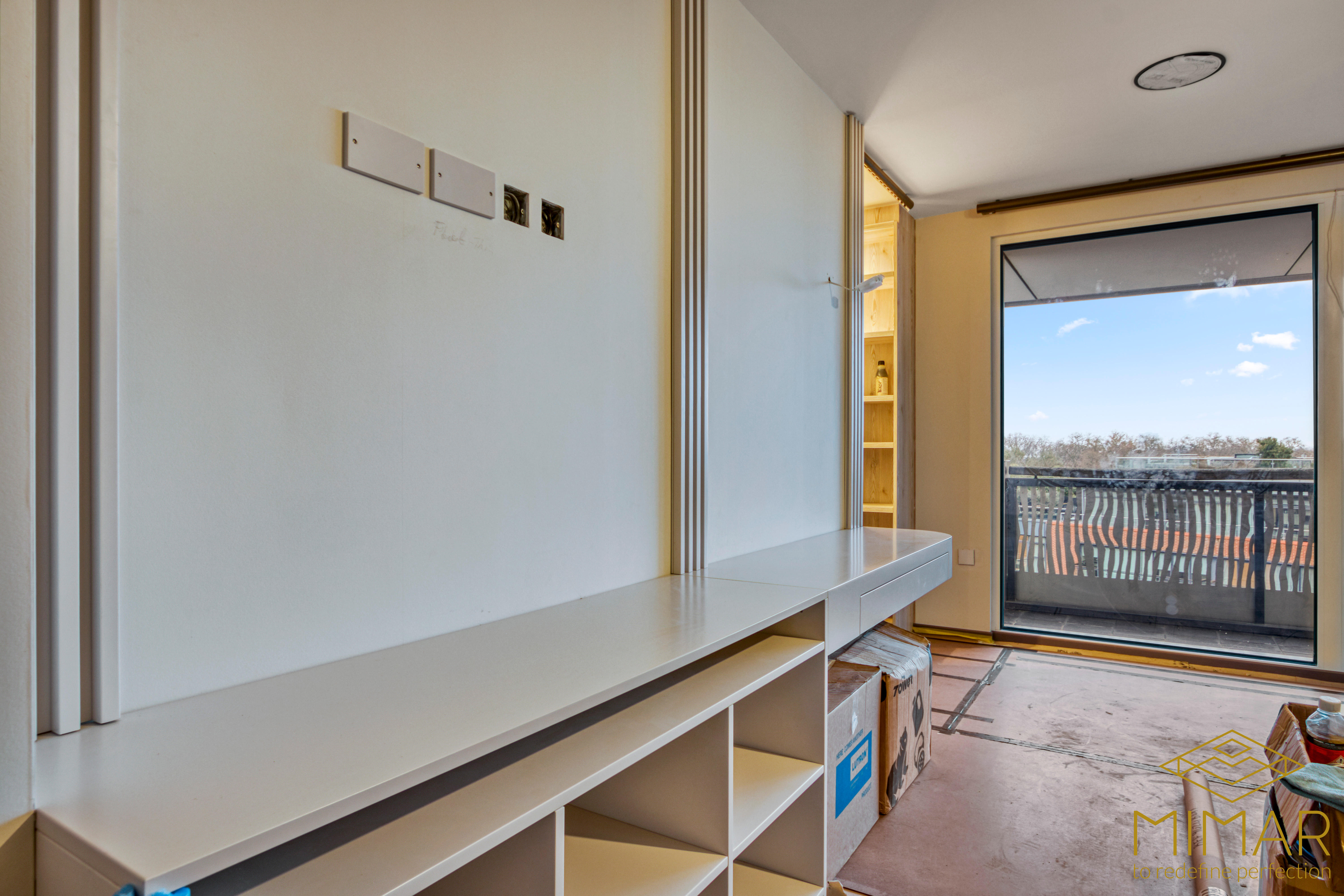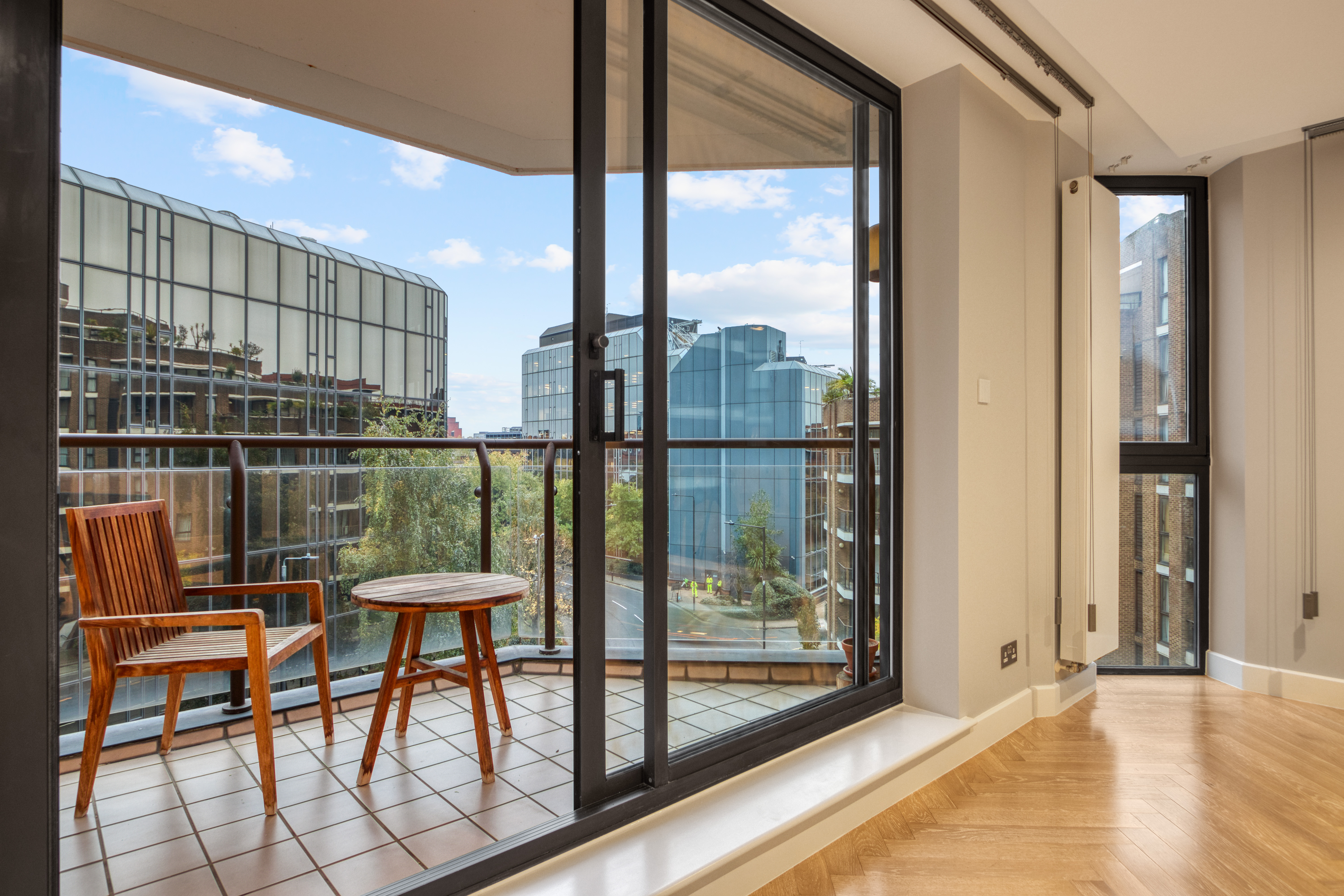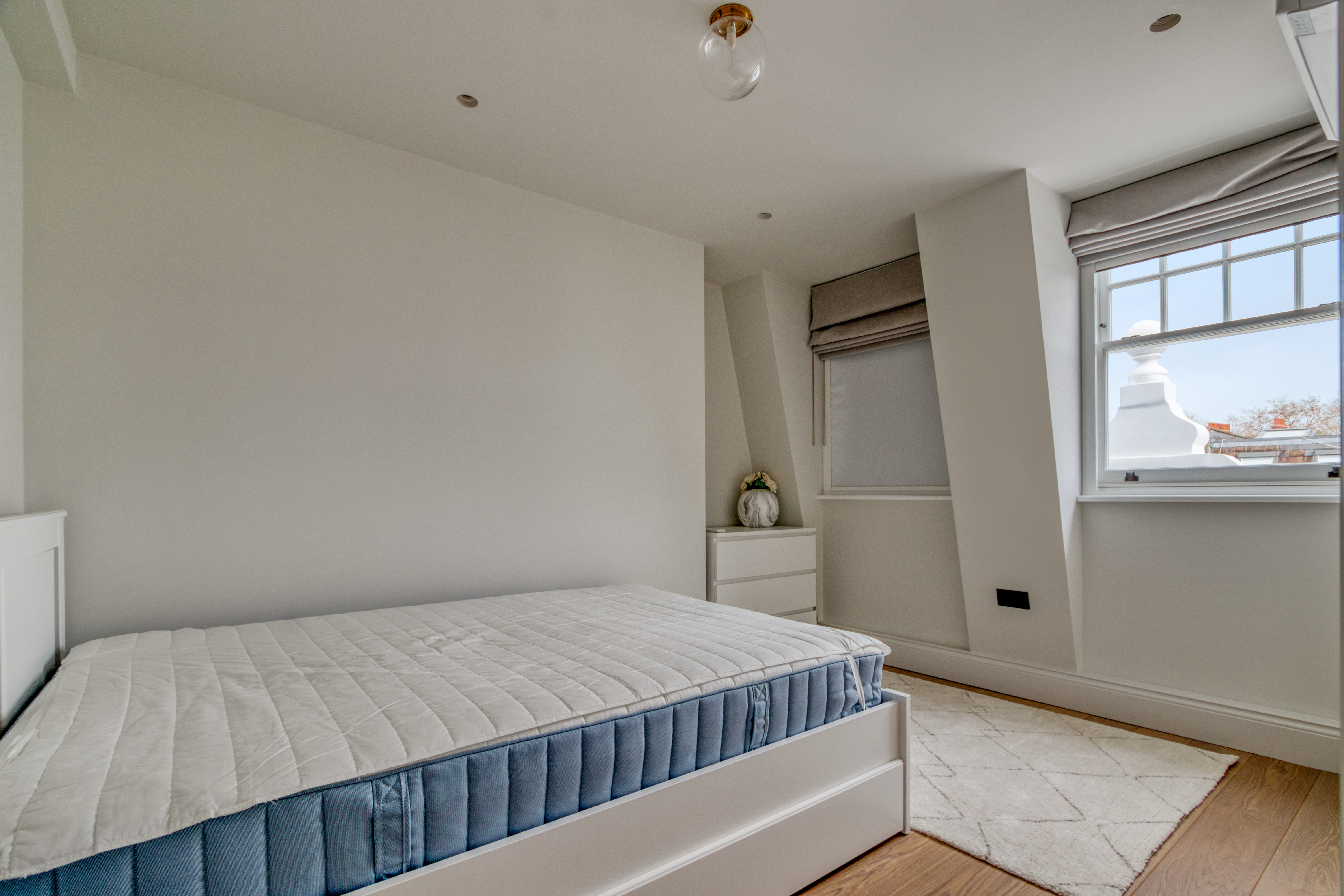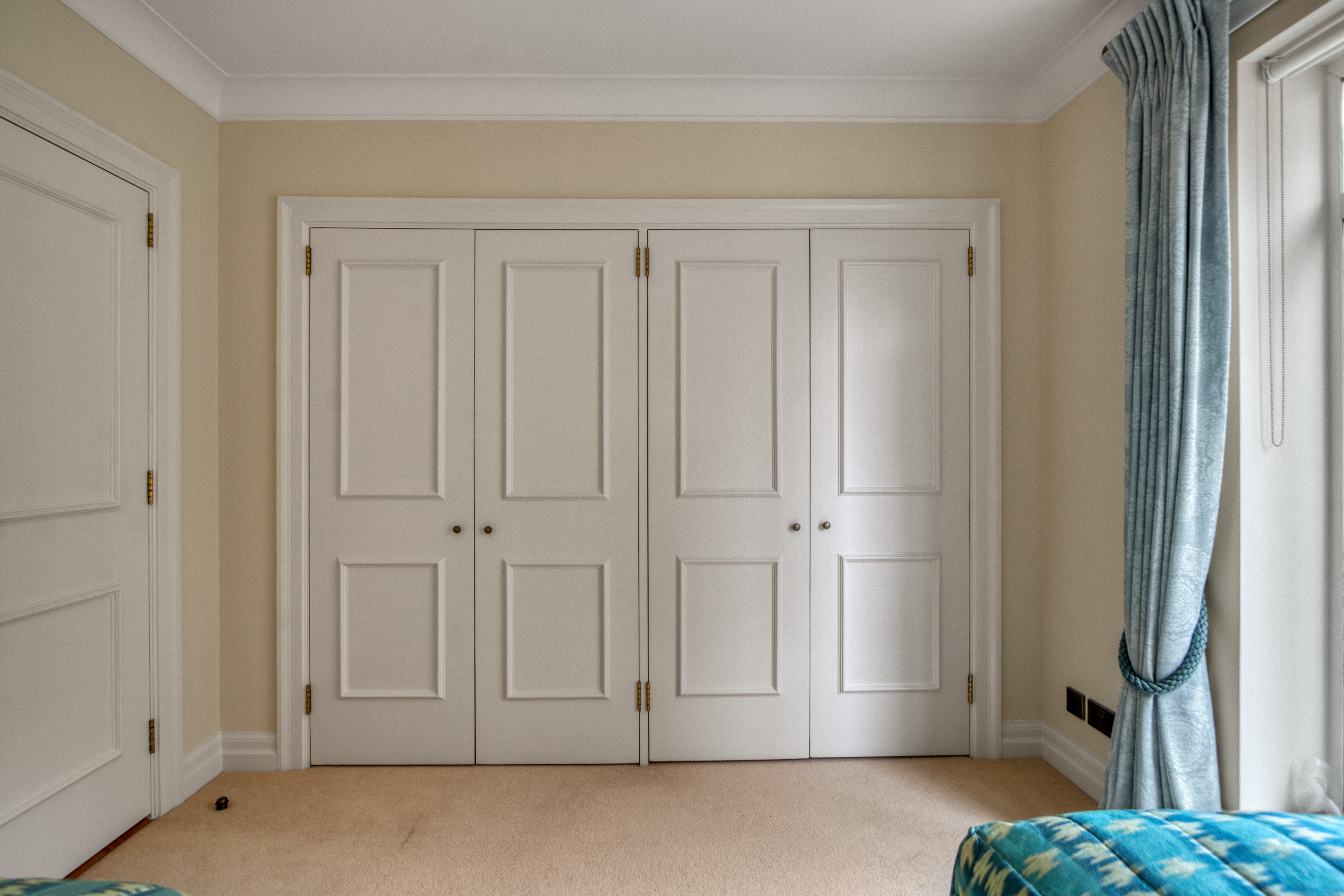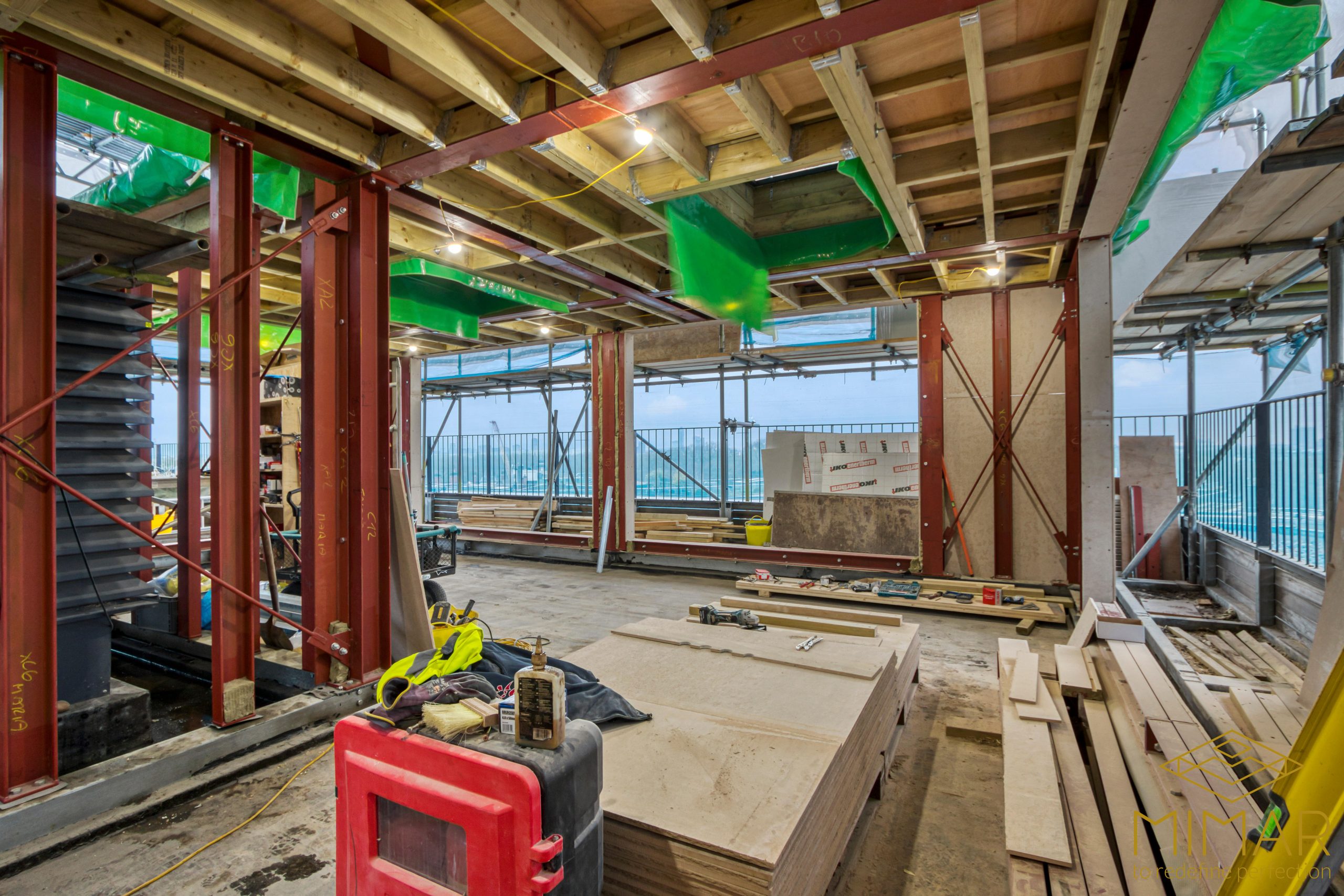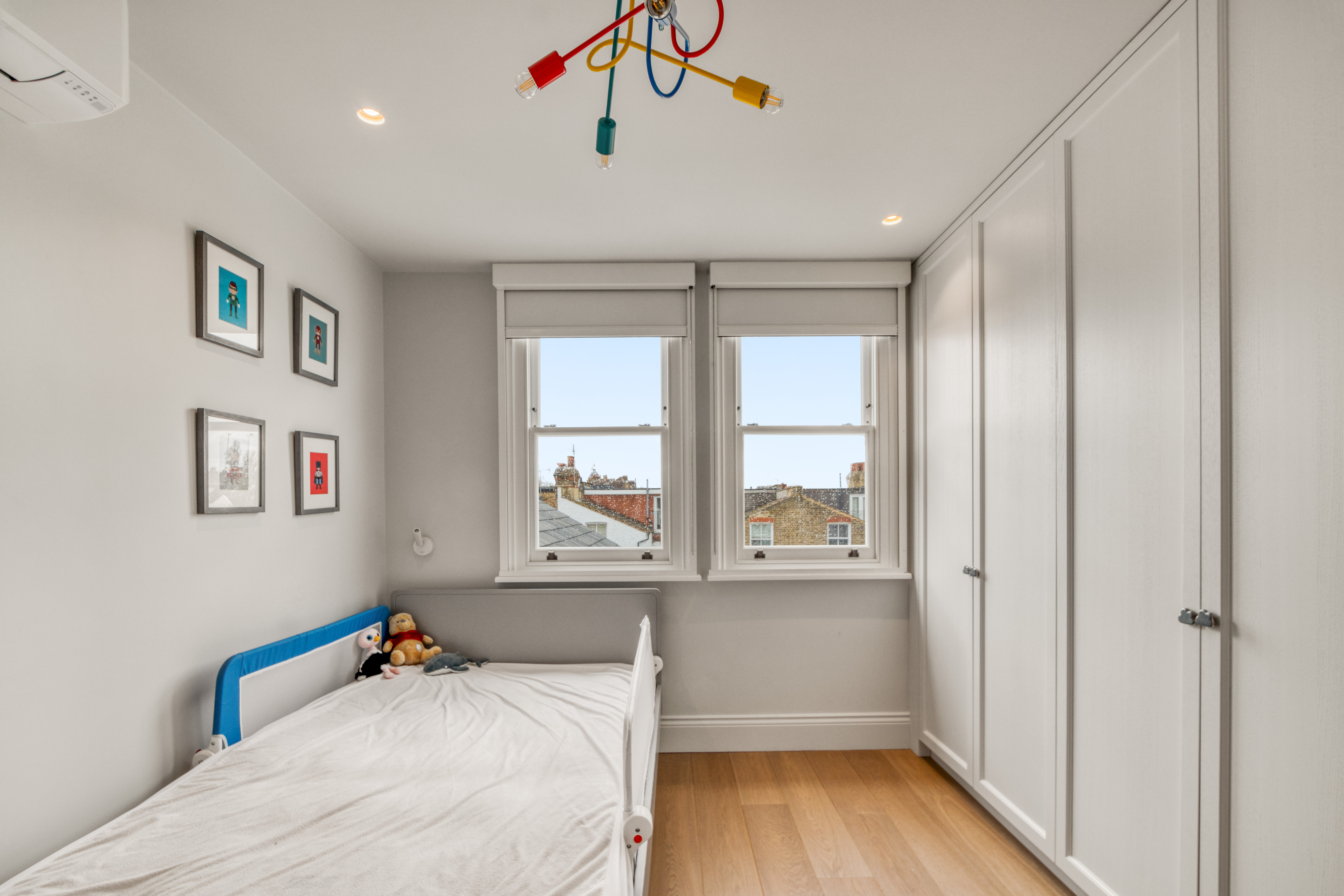Table of Contents
- Introduction: Understanding Loft Conversion Planning Permission
- What is Planning Permission for Loft Conversions?
- Types of Loft Conversions & Planning Requirements
- UK Planning Regulations & Permitted Development Rights
- Key Factors Influencing Planning Permission Requirements
- When You Don’t Need Planning Permission
- When Planning Permission is Mandatory
- The Planning Permission Application Process
- London Borough Requirements & Professional Consultation
- Consequences of Proceeding Without Approval
- Key Advice for Navigating Planning Permission
- Resources for Further Information
- Conclusion
Introduction: Understanding Loft Conversion Planning Permission
Transforming your underutilized attic space into a functional room is one of the most effective ways to add valuable living space and increase your property’s value in London’s competitive housing market. However, before you start envisioning your perfect new bedroom or home office in the eaves, understanding attic conversion planning permission requirements is crucial to ensure your project proceeds smoothly and legally. For an overview on how a loft conversion can transform your home, including benefits and design ideas, see this guide to transforming your home’s unused space.
With London’s housing stock ranging from Victorian terraces to modern apartments, navigating the planning landscape can be complex. Different property types, locations, and design features all influence whether your loft conversion requires formal planning permission or can proceed under permitted development rights. Making the wrong assumption could lead to costly mistakes and enforcement action.
This comprehensive guide will walk you through everything you need to know about loft conversion planning, from determining whether you need permission to applying successfully if you do. We’ll cover the various types of conversions, the specific regulations that apply in different scenarios, and provide practical advice to help you navigate the planning process with confidence.
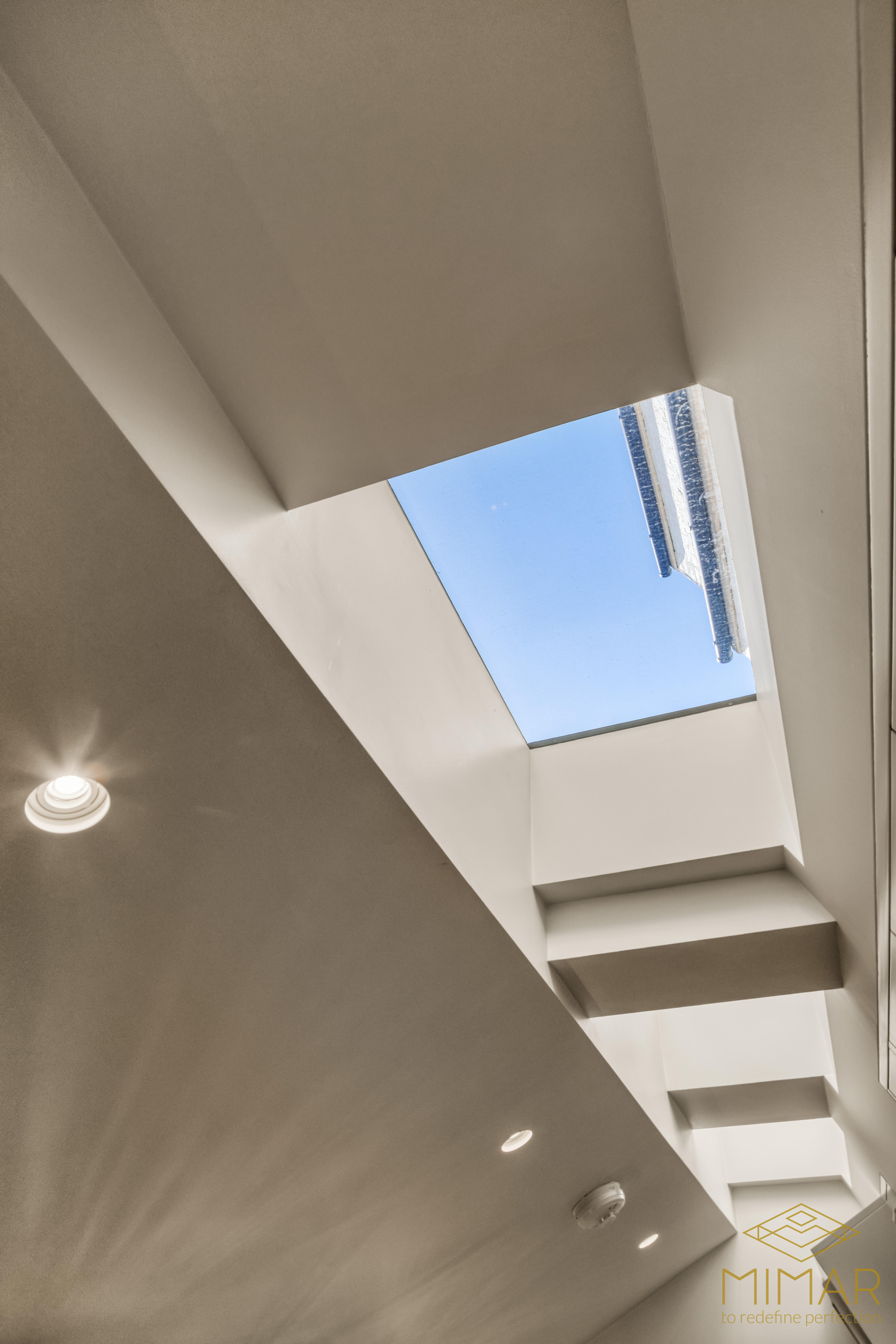
What is Planning Permission for Loft Conversions?
Planning permission for loft conversions is formal approval from your local council that confirms your proposed building work complies with local and national planning regulations. It’s designed to control the development of the built environment, protect architectural heritage, and ensure that changes to properties don’t negatively impact neighbors or the local area.
Not all loft conversions require planning permission—many fall under what’s known as ‘permitted development rights,’ which allow certain types of home improvements to proceed without formal planning approval. However, these rights come with specific limitations and don’t apply to all properties or areas. For a breakdown of what qualifies as permitted development in London, see our permitted development guide and this detailed explanation of permitted development rights for loft conversions.
Understanding the distinction between planning permission and building regulations is also important:
- Planning permission concerns the appearance, size, and impact of your conversion on the surrounding area
- Building regulations approval focuses on the technical aspects such as structural integrity, fire safety, and energy efficiency
Even if your loft conversion doesn’t require planning permission, it will always need to comply with building regulations. According to Which?, failure to obtain the necessary approvals can result in enforcement action, difficulty selling your property in the future, and potentially costly remedial work. For tips on pre-construction requirements such as planning, site surveys, and builder checks, see our practicalities guide to project planning.
Professional Insight
Many homeowners assume they don’t need planning permission for loft conversions, only to discover later that their particular circumstances require it. Always check with your local planning department or consult with a professional before commencing any work.
Types of Loft Conversions & Planning Requirements
The type of loft conversion you choose affects both the planning requirements and the potential value added to your home. Here are the main types and their typical planning considerations:
| Conversion Type | Description | Planning Requirements |
|---|---|---|
| Rooflight/Velux | Involves adding windows to the existing roof slope without altering the roof structure | Usually permitted development if windows don’t face the highway and other criteria are met |
| Dormer | A structural extension that projects vertically from the roof slope, creating additional headroom and floor space | Often permitted development for rear dormers, but front dormers typically require permission |
| Hip-to-Gable | Extends the sloped side roof (hip) to create a vertical gable end wall | Usually permitted development for houses (not flats) if within volume limits |
| Mansard | Creates a flat roof with a sloped back wall and windows set into small dormers | Almost always requires planning permission as it significantly changes the roof shape. Learn more about why a mansard loft conversion might be right for you. |
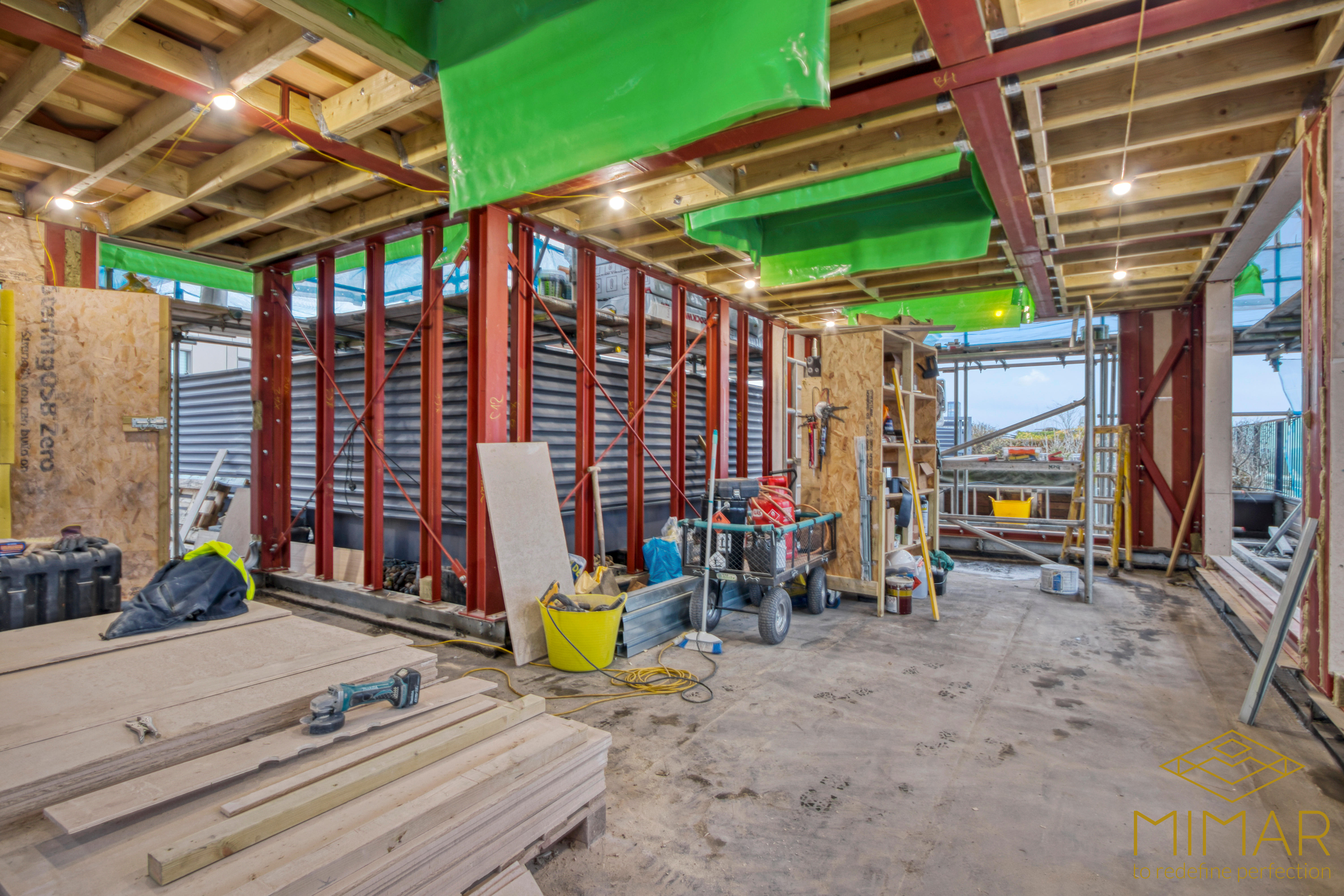
According to the Planning Portal, most loft conversions for houses (not flats or maisonettes) can be done under permitted development rights, provided they meet specific criteria. However, Simply Loft notes that flats, maisonettes, converted houses, and properties in certain designated areas such as conservation areas require planning permission for any type of loft conversion.
For creative design inspiration and ideas tailored to smaller spaces, check out our creative ideas for small loft conversions.
UK Planning Regulations & Permitted Development Rights
Permitted development rights allow homeowners to make certain types of alterations without applying for planning permission, significantly streamlining the process. For loft conversions, these rights apply under specific conditions. If you want to dive deeper into the rules and expert tips for loft extensions that qualify, visit our permitted development guide and review this comprehensive article on loft conversion permitted development rights.
According to the Planning Portal and Which?, your loft conversion may qualify as permitted development if it:
- Increases the volume by no more than 40m³ for terraced houses or 50m³ for detached and semi-detached houses
- Doesn’t extend beyond the plane of the existing roof slope at the front of the house
- Doesn’t exceed the height of the highest part of the existing roof
- Uses materials that are similar in appearance to the existing house
- Doesn’t include verandas, balconies, or raised platforms
- Has side-facing windows that are obscure-glazed and any opening parts are at least 1.7m above floor level
- Roof extensions (except hip-to-gable ones) are set back at least 20cm from the original eaves
- The roof enlargement doesn’t overhang the outer face of the original wall of the house
It’s important to note that permitted development rights can be removed or restricted in certain areas through what’s known as an “Article 4 Direction.” This is common in conservation areas, areas of outstanding natural beauty, or other designated zones. In London particularly, many boroughs have specific restrictions that may limit your ability to convert your loft under permitted development.
Key Factors Influencing Planning Permission Requirements
Several factors determine whether your loft conversion will require planning permission in London:
Property Type
The type of property you own significantly impacts planning requirements. According to Sunlux Roof Windows and Simply Loft, flats, maisonettes, and previously converted properties almost always require planning permission for loft conversions, regardless of the scale or design. This is because permitted development rights typically only apply to houses that haven’t been previously subdivided. For more details on what you need to know about permitted development as a London homeowner—including exceptions—visit our in-depth guide to permitted development rights.
Location in London
Your property’s location within London can significantly affect planning requirements. Properties in conservation areas, areas of outstanding natural beauty, national parks, or within the curtilage of a listed building have restricted permitted development rights. In these areas, even minor external alterations may require planning permission.
London’s diverse architectural landscape means different boroughs often have specific local planning policies that may be more restrictive than national guidelines. For example, some London boroughs have specific policies regarding roof alterations in certain streets or neighborhoods.
Design Features
Certain design elements automatically trigger the need for planning permission, even if your property would otherwise qualify for permitted development. According to the Planning Portal and Simply Loft, these include:
- Balconies, terraces, or raised platforms
- Alterations that significantly change the roof profile facing a highway
- Materials that differ substantially from the original building
- Side-facing windows that aren’t obscure-glazed
Previous Property Alterations
If your property has been previously extended or altered, this may affect your permitted development rights for a loft conversion. The Planning Portal notes that the volume allowance (40m³ for terraced houses and 50m³ for detached/semi-detached) applies to the original house as it was built or as it stood on July 1, 1948. Any previous extensions, including those by previous owners, count against this allowance. For further reading on regulations and maximizing compliance, see our expert permitted development article.
When You Don’t Need Planning Permission
While building regulations approval is always required for loft conversions, there are scenarios where planning permission isn’t necessary. Your loft conversion project may proceed under permitted development if:
- Your house (not flat or maisonette) isn’t in a designated area like a conservation area
- The conversion stays within the permitted volume allowances (40m³ for terraced houses, 50m³ for others)
- No previous extensions have used up your permitted development allowance
- The design meets all the criteria outlined in the permitted development regulations
According to GreenMatch and Which?, even without planning permission, your loft conversion must still comply with building regulations to ensure structural safety, fire protection, thermal efficiency, and appropriate access. This includes requirements for:
- Structural stability
- Fire safety and escape routes
- Staircase design and positioning
- Insulation and energy efficiency
- Sound insulation between rooms and properties
- Electrical safety
If your loft will only be used for storage (not habitable space), the building regulations requirements are less stringent, but still apply to elements like floor strengthening and any electrical work.
Certificate of Lawfulness
Even if you believe your project falls under permitted development, it’s advisable to apply for a Lawful Development Certificate (LDC) from your local council. This provides formal confirmation that your loft conversion doesn’t require planning permission and can be valuable when selling your property in the future.
When Planning Permission is Mandatory
There are several scenarios in London where obtaining attic conversion planning permission is non-negotiable. Understanding these situations can save you from costly mistakes and potential enforcement action.
According to Sunlux Roof Windows, Planning Portal, and Simply Loft, planning permission is always required in the following cases:
Property Type Restrictions
- Flats and maisonettes (which have no permitted development rights for loft conversions)
- Listed buildings (which require listed building consent in addition to planning permission)
- Properties where permitted development rights have been removed through Article 4 Directions or other planning conditions
Design Limitations
- Loft conversions that exceed the permitted volume allowance (over 40m³ for terraced houses or 50m³ for detached/semi-detached)
- Designs that alter the roof shape facing a highway (including side elevations on corner properties)
- Additions of balconies, terraces, or raised platforms
- Extensions that stand higher than the highest part of the existing roof
Location Factors
- Properties in conservation areas, particularly for dormer windows or other alterations to the roof shape
- Homes in Areas of Outstanding Natural Beauty, National Parks, or other designated areas
Some common examples of London loft conversions that typically require planning permission include:
- A mansard conversion on a terraced house in any location, as these significantly alter the roof profile (find out more about the advantages of mansard loft conversions)
- Any dormer window facing the street or visible from a public highway
- Hip-to-gable conversions in conservation areas
- Any conversion that includes a balcony or roof terrace
- Loft conversions for flats in purpose-built blocks or converted houses
When in doubt about whether your loft conversion requires planning permission, it’s always best to consult with your local planning department or a professional architect with experience in your specific London borough. For professional-led advice on navigating permissions and selecting the best architect, see our post on working with architects for refurbishments.
The Planning Permission Application Process
If your loft conversion requires planning permission, understanding the application process is crucial for a successful outcome. Here’s a step-by-step guide to navigating the planning permission process in London:
1. Pre-Application Research and Consultation
Before submitting a formal application:
- Review your local council’s planning policies and guidelines specific to loft conversions
- Consider arranging a pre-application meeting with the planning department to discuss your proposals
- Study approved applications for similar properties in your area
2. Preparing Your Application
According to Which?, a complete planning application for a loft conversion typically requires:
- Completed standard application form
- Location plan (typically 1:1250 scale) showing the property in relation to surrounding areas
- Site plan (typically 1:500 scale) showing the property and immediate surroundings
- Existing and proposed elevation drawings (typically 1:50 or 1:100 scale)
- Existing and proposed floor plans
- Existing and proposed roof plans
- Design and access statement (for properties in conservation areas or listed buildings)
- Application fee (approximately £206 for householder applications in England as of 2025)
3. Submission and Validation
Submit your application through the Planning Portal for properties in England. After submission:
- The council will check your application is complete (validation)
- Once validated, your application will be assigned a reference number
- Public notification will begin, with neighbors being informed and site notices possibly displayed
4. Determination Period
According to Which? and CNC Building Control:
- Standard householder applications typically take 8 weeks for a decision
- More complex applications or those for listed buildings may take longer
- During this time, the planning officer may request additional information or suggest modifications
- Neighbors and other interested parties can submit comments on your application
5. Decision and Next Steps
Once a decision is made:
- Approval: You can proceed with your conversion, adhering to any conditions attached to the permission
- Refusal: You have the option to modify and resubmit your application, or appeal the decision
- Approval with conditions: You must comply with all conditions before, during, or after construction as specified
Planning permission typically remains valid for three years from the date of approval, meaning you must commence work within this period.
Building Regulations
Remember that planning permission is separate from building regulations approval. Once you have planning permission (or if your project falls under permitted development), you’ll still need to obtain building regulations approval before starting construction work.
London Borough Requirements & Professional Consultation
London’s 32 boroughs each have their own Local Development Plans and specific policies regarding loft conversions. These local requirements can significantly impact your project, making professional consultation particularly valuable in navigating the planning landscape.
London Borough Variations
Planning policies and requirements can vary considerably between London boroughs. For example:
- Kensington and Chelsea has particularly stringent policies regarding roof alterations, especially in conservation areas
- Camden has specific design guidance for mansard roof extensions
- Hackney has detailed requirements for dormer windows and roof materials
- Islington restricts certain types of loft conversions in some areas
Before planning your loft conversion in London, it’s essential to check your specific borough’s planning policies, which can usually be found on the council’s website under the planning or building control sections. For expert insights on working with architects who understand local London requirements, check out our post on architect-led renovations.
When to Consult Professionals
According to Sunlux Roof Windows, GreenMatch, and Which?, professional guidance is particularly valuable in the following situations:
- Your property is in a conservation area or is a listed building
- You’re unsure whether your project falls under permitted development
- Your design is complex or pushes the boundaries of permitted development rights
- You’ve had a previous planning application refused
- Your property has unusual features or constraints
Types of Professional Support
Various professionals can assist with your loft conversion planning:
- Architects: Can design your conversion, prepare planning application drawings, and often manage the planning process
- Planning Consultants: Specialize in navigating planning regulations and can be particularly helpful for complex cases
- Structural Engineers: Provide calculations and specifications required for building regulations approval
- Loft Conversion Specialists: Offer end-to-end services including design, planning applications, and construction
When selecting professionals, look for those with specific experience in your London borough, as they’ll be familiar with local planning policies and have relationships with the planning department that can smooth the process. You can explore key benefits and tips for architect-led planning—including budget optimization and permissions advice—in this article on working with architects for refurbishments.
Consequences of Proceeding Without Approval
Ignoring planning permission requirements when converting your loft can lead to serious consequences. Understanding these potential risks can help you appreciate why proper planning is essential. Discover why it’s crucial to secure permissions before starting construction in our guide to project practicalities.
According to Sunlux Roof Windows and GreenMatch, proceeding without necessary approvals can result in:
Enforcement Action
Local authorities have the power to take enforcement action against unauthorized developments, which can include:
- Enforcement notices requiring you to return the property to its previous state
- Stop notices to halt ongoing work immediately
- Requirements to submit a retrospective planning application (which may be refused)
- In extreme cases, prosecution resulting in fines
Property Sale Complications
Unauthorized loft conversions can cause significant problems when selling your property:
- Solicitors and buyers will request evidence of planning permission and building regulations approval
- Mortgage lenders may refuse to lend on properties with unauthorized alterations
- The sale value may be significantly reduced
- You might need to obtain retrospective permission or even remove the conversion before selling
Insurance Issues
Unauthorized loft conversions can also affect your home insurance:
- Claims may be rejected if damage relates to unauthorized works
- Your policy may be invalidated entirely if you haven’t disclosed significant changes to your property
- You may face difficulty obtaining insurance cover
Safety Concerns
Perhaps most importantly, bypassing proper approvals may mean your conversion doesn’t meet essential safety standards:
- Structural weaknesses that could lead to collapse
- Inadequate fire safety measures
- Poor escape routes in case of emergency
- Substandard electrical work
Retrospective Permission
If you’ve already completed a loft conversion without the necessary permissions, you can apply for retrospective planning permission. However, there’s no guarantee this will be granted, and the application will be judged against the same criteria as a pre-construction application.
Key Advice for Navigating Planning Permission
Successfully navigating the planning permission process for your loft conversion requires careful preparation and strategic thinking. Here are some essential pieces of advice to help ensure your project proceeds smoothly:
Early Research and Planning
- Begin researching planning requirements well before you intend to start construction
- Study your local authority’s planning policies specific to loft conversions
- Look at previously approved (and rejected) applications in your area to understand what’s likely to be accepted
- Consider the impact on neighbors and how to minimize objections
Documentation and Evidence
- Even if you believe your project falls under permitted development, apply for a Lawful Development Certificate to formalize this
- Keep detailed records of all communications with planning authorities
- Document the existing condition of your property before works begin
- Ensure all technical information is accurate and professionally prepared
Design Considerations
- Design your loft conversion to be sympathetic to the existing building and surrounding area
- Consider the visual impact from street level
- Use materials that match or complement the existing building
- Be prepared to make reasonable compromises if suggested by planning officers
Professional Support
- Invest in professional drawings and design advice. See how an architect-led renovation can optimise both design and planning permissions.
- Consider using planning consultants for complex cases
- Ensure structural calculations are prepared by qualified engineers
- Choose contractors experienced in loft conversions and familiar with local building control requirements
Remember that building regulations approval is always required, regardless of planning permission status. According to Sunlux Roof Windows, GreenMatch, and Which?, this ensures that your conversion meets essential safety standards for structural integrity, fire safety, and accessibility. For more on the importance of sorting permissions before you start and managing project steps, see our guide on project practicalities.
Resources for Further Information
To further assist with your loft conversion planning permission journey, here are some valuable resources:
Official Planning Resources
- Planning Portal (England & Wales) – The official online planning resource with guidance, application services, and interactive houses showing permitted development rights
- Your local London borough’s planning department website – For specific local policies and guidance
- UK Government Planning Permission Guide – Official guidance on the planning system
Professional Organizations
- Royal Institute of British Architects (RIBA) – Find accredited architects with loft conversion experience
- Chartered Institute of Architectural Technologists (CIAT) – For technical specialists in architectural design
- Royal Institution of Chartered Surveyors (RICS) – For building surveys and professional advice
- Federation of Master Builders – For finding reputable builders with relevant experience
Guidance Documents
- Federation of Master Builders Ultimate Guide to Loft Conversions – Comprehensive guidance on all aspects of loft conversion projects
- Building Control Guides – Many local authorities publish detailed guidance on building regulations for loft conversions
Finding Professionals
- Architect or planning consultant with local experience
- Structural engineer for necessary calculations
- Specialist loft conversion companies that offer end-to-end services
- Party wall surveyors if your conversion affects shared walls
When using these resources, always verify that the information is up-to-date, as planning regulations can change over time. For further reading on the full process and how a loft conversion can add value, see our comprehensive overview for London homeowners.
Conclusion
Navigating the complexities of loft conversion planning permission in London requires careful research, preparation, and often professional guidance. While the process may seem daunting, understanding the requirements from the outset can save you significant time, money, and stress.
Remember that whether your project falls under permitted development rights or requires full planning permission depends on various factors including your property type, location, and the specific design features of your proposed conversion. Even when planning permission isn’t needed, building regulations approval is always required to ensure your conversion is safe and compliant with technical standards.
The consequences of proceeding without necessary approvals can be severe, from enforcement action requiring you to undo your work to complications when selling your property. Conversely, a properly approved loft conversion can add significant value to your home and provide valuable additional living space.
By following the guidance in this article, consulting with professionals when needed, and maintaining open communication with your local planning authority, you can successfully navigate the planning process for your loft conversion. This careful approach will help ensure that your new space not only meets your needs but also complies with all relevant regulations and enhances the value of your property.
Whether you’re planning a simple roof light conversion or a more complex dormer or mansard extension, taking the time to understand attic conversion planning permission requirements is the essential first step toward creating a beautiful, functional, and fully compliant additional space in your London home. For even more insights, see our essential guide to transforming your home’s unused space and essential project planning advice. And if you’re curious about maximizing space in small loft conversions, don’t miss our article on small loft conversion ideas.

